Sewer Backup Warning Signs
Sewer backups can cause significant damage to your home and pose health hazards. It is important to be aware of the warning signs of a potential sewer backup to take preventive measures. Here are some common warning signs:
1. Slow Drainage
If you notice that your drains are slow to empty, it could indicate a blockage in your sewer line. This could be due to debris buildup or tree roots infiltrating the pipes.
2. Multiple Clogged Drains
If several drains in your home, such as sink, shower, and toilet drains, are clogged simultaneously, it may be a sign of a sewer backup. This suggests that the main sewer line is blocked.
3. Gurgling Noises
If you hear gurgling noises coming from your drains when you flush the toilet or run water in the sink, it could be a sign of a sewer backup. The gurgling sound is caused by air trapped in the pipes due to a blockage.
4. Foul Odors
A strong foul smell coming from your drains, toilets, or yard could indicate a sewer backup. The smell is caused by sewage backup in the pipes and should be addressed immediately.
5. Water Backup in Fixtures
If water backs up into sinks, toilets, or showers when you use other fixtures, it is a strong indication of a sewer backup. This occurs when the water cannot properly flow through the sewer line.
6. Puddles or Soggy Spots in Yard
If you notice puddles or soggy spots in your yard, especially near the sewer line, it may be a sign of a sewer backup. Sewage overflow can cause water to seep into the ground and create these damp areas.
7. Sewage Coming up Through Drains
The most obvious sign of a sewer backup is sewage coming up through drains. If you see wastewater backing up into sinks, toilets, or showers, it is crucial to address the issue immediately to prevent further damage.
Preventing Sewer Backups
Preventing sewer backups requires regular maintenance and adopting certain practices. Here are some preventive measures you can take:
1. Proper Disposal of Waste
Avoid flushing anything other than toilet paper down the toilet. Dispose of greasy substances, sanitary products, and other non-flushable items in the garbage bin to prevent clogs in the sewer line.
2. Tree Root Inspection
Regularly inspect and trim tree roots near your sewer lines. Tree roots are a common cause of sewer backups as they can infiltrate the pipes and cause blockages. Seek professional assistance if you notice any root intrusion.
3. Installation of Backwater Valves
Consider installing backwater valves in your sewer line. These valves prevent sewage from flowing back into your home during heavy rainfalls or sewer system overload.
4. Professional Plumbing Maintenance
Schedule regular plumbing inspections by a professional plumber. They can identify potential issues in your sewer line and take preventative measures, such as hydro jetting to remove debris and roots.
Sewer Backup Cleanup
In the event of a sewer backup, it is crucial to take immediate action to prevent further damage and ensure the safety of your home. Here are the steps to clean up sewage overflow:
1. Safety Precautions
Put on protective gear such as gloves, masks, and goggles before entering the affected area. Sewage can contain harmful bacteria and pathogens that can cause health hazards.
2. Remove Water
Use a wet/dry vacuum or pump to remove standing water. Dispose of the water in a sanitary sewer drain or follow local regulations for proper disposal.
3. Clean and Sanitize
Thoroughly clean all affected surfaces with a mixture of detergent and water. Disinfect the area using a bleach solution or a disinfectant recommended for sewage cleanup.
4. Dry the Area
Use fans and dehumidifiers to dry the affected area. Ensure proper ventilation to prevent mold growth. Discard any porous materials that cannot be properly cleaned and dried.
5. Professional Restoration
In severe cases of sewer backup damage, it is recommended to hire professional sewage backup restoration services. They have the expertise and equipment to thoroughly clean and restore your property.



